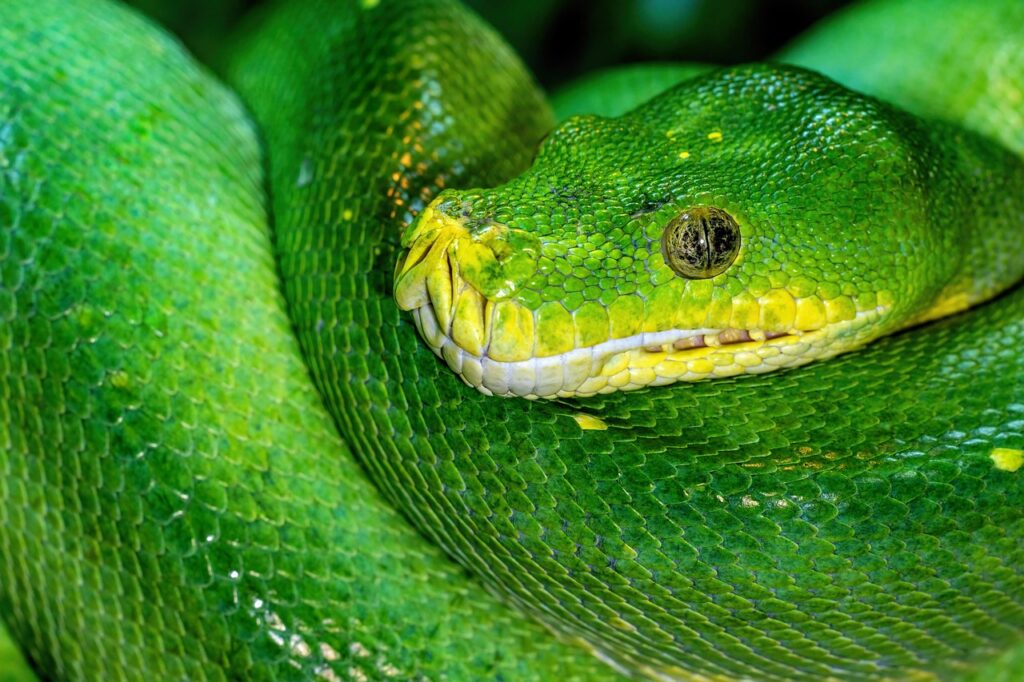Imagine standing in the shadow of a towering Tyrannosaurus rex, its massive head adorned with brilliant crimson crests that shimmer in the ancient sunlight. The ground trembles beneath your feet as this prehistoric giant doesn’t roar or bare its teeth, but instead performs an elaborate dance, its powerful tail creating rhythmic thuds against the earth. This isn’t a scene from a fantasy film—it’s likely how many dinosaurs actually established their place in the prehistoric pecking order without ever landing a single bite.
The Colorful Language of Prehistoric Power
Recent fossil discoveries have revolutionized our understanding of dinosaur coloration, revealing that these ancient creatures were far from the dull, monotone beasts we once imagined. Scientists have uncovered evidence of vibrant reds, deep blues, and iridescent greens adorning various dinosaur species through the analysis of melanosomes—microscopic structures that determine color in feathers and skin.
The Sinosauropteryx, a small feathered dinosaur from China, sported a striking reddish-brown coat with darker stripes, much like a modern red panda. These bold patterns likely served as visual signals to establish dominance hierarchies without the need for physical confrontation. Just as a peacock’s brilliant tail feathers communicate health and genetic fitness to potential mates and rivals, dinosaur coloration may have functioned as a prehistoric status symbol.
Feathered Displays of Supremacy
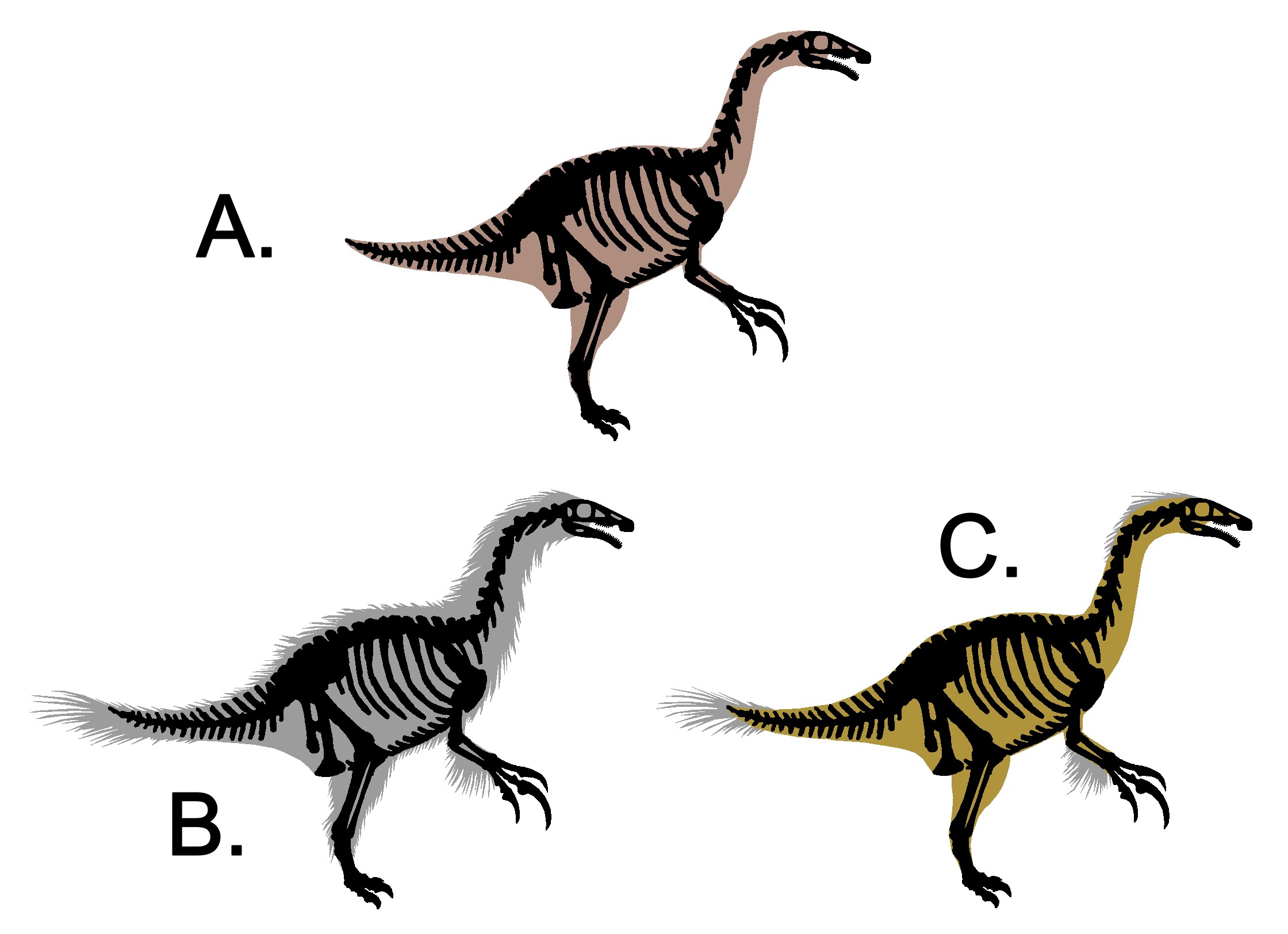
The discovery of feathered dinosaurs has opened an entirely new chapter in understanding prehistoric social behavior. Many theropod dinosaurs possessed elaborate plumage that served purposes far beyond temperature regulation or flight preparation. These feathers created spectacular visual displays that could communicate dominance, territorial claims, and social rank.
Consider the Therizinosaurus, a massive plant-eating dinosaur with enormous claws and likely adorned with impressive feather arrays. Rather than using those fearsome claws for combat, these gentle giants may have fanned out their feathers like enormous fans, creating intimidating silhouettes that established their authority over feeding grounds. The sheer size and complexity of these displays would have been enough to deter challengers without a single swipe of those deadly talons.
The Ancient Art of Posturing
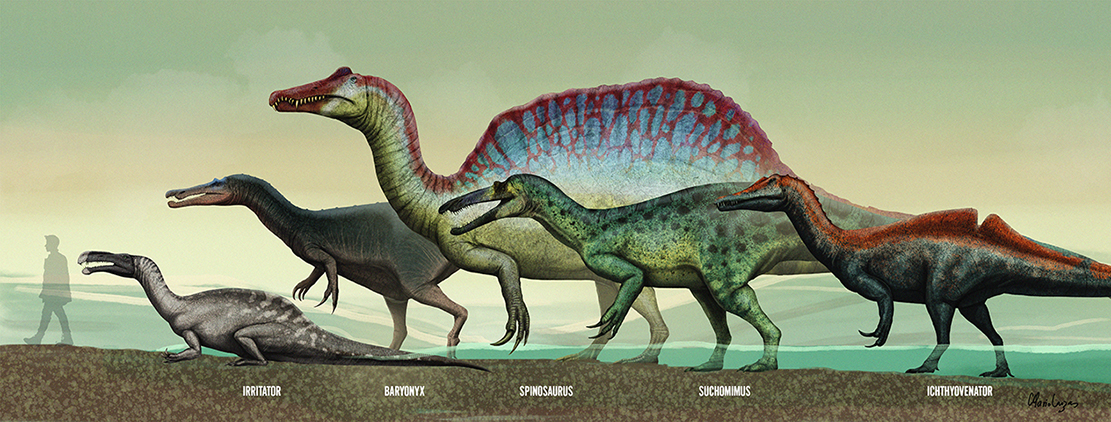
Body language spoke volumes in the dinosaur world, just as it does in modern animal kingdoms. Paleontologists have identified numerous skeletal adaptations that suggest dinosaurs were master communicators through posture and positioning. The distinctive sail-like structure on Spinosaurus wasn’t just for thermoregulation—it was likely a massive billboard announcing the owner’s presence and status.
When a Spinosaurus approached a riverbank occupied by competitors, it may have simply raised its sail to full height, creating an imposing silhouette that measured nearly 20 feet tall. This dramatic display would have been visible from great distances, effectively communicating “this territory is taken” without the need for dangerous physical altercations. The energy saved from avoiding fights could then be invested in finding food and raising offspring.
Sonic Signatures of Authority
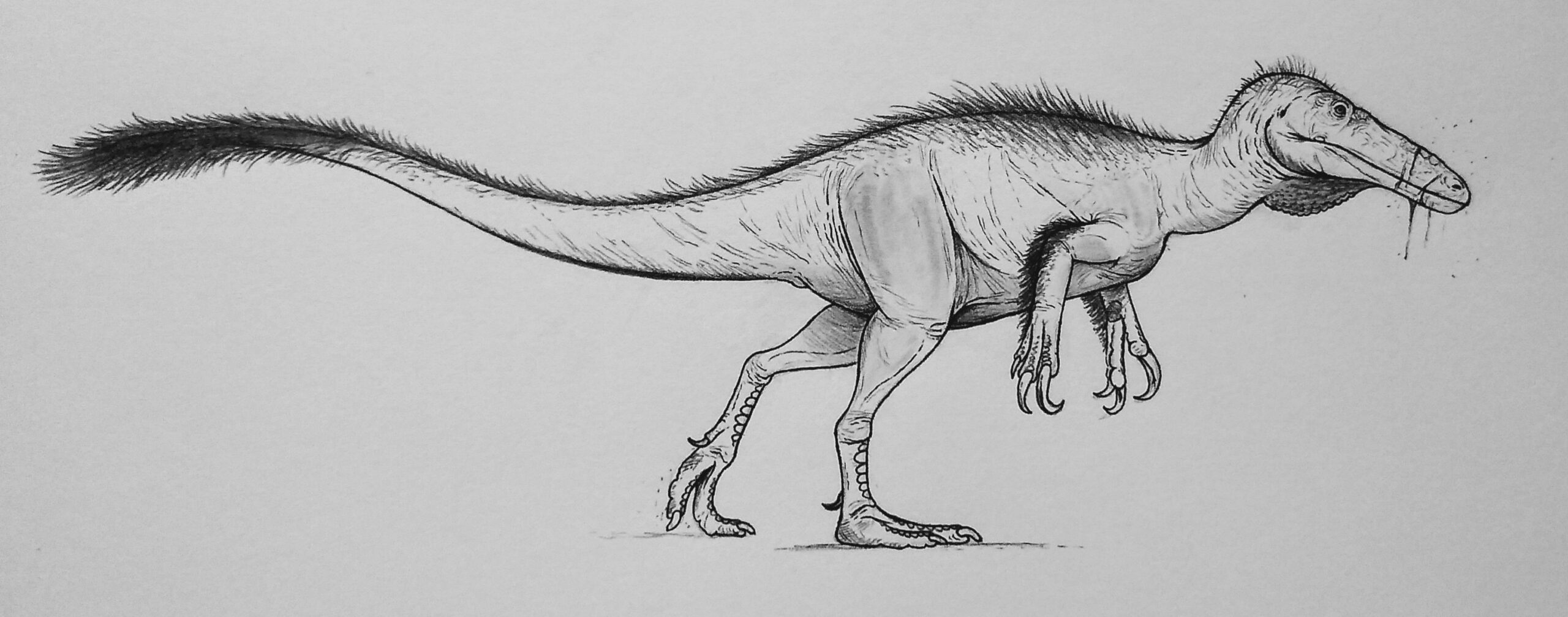
The prehistoric world was likely filled with a symphony of vocalizations that served to establish and maintain social hierarchies. While we can’t directly hear dinosaur calls, studies of their fossilized skulls and inner ear structures provide fascinating insights into their vocal capabilities. Many dinosaurs possessed specialized chambers and air sacs that could produce low-frequency sounds capable of traveling vast distances.
The massive Parasaurolophus, with its distinctive hollow crest, could produce haunting trumpet-like calls that resonated across prehistoric landscapes. Different pitch combinations and rhythmic patterns likely conveyed specific messages about territory ownership, individual identity, and social status. A dominant individual might have had a unique “vocal signature” that other dinosaurs recognized and respected, eliminating the need for physical confrontation when establishing feeding or nesting rights.
Territorial Markings Without Violence
Modern animals use scent marking as a primary method of communication, and dinosaurs likely employed similar strategies. Evidence suggests that many dinosaur species possessed scent glands that could produce distinctive odors for marking territory and communicating social information. These chemical signals would have been particularly effective in dense forest environments where visual displays might be less visible.
Large herbivores like Triceratops may have marked their preferred feeding areas with scent markers, creating invisible boundaries that other dinosaurs could detect and respect. The information conveyed through these chemical signals could include the marker’s size, health status, and recent feeding success—all crucial data for potential challengers to assess before deciding whether to contest a territory.
The Psychology of Size Display
Dinosaurs were masters of optical illusion, using various anatomical features to appear larger and more formidable than they actually were. The elaborate frills of ceratopsian dinosaurs like Styracosaurus weren’t just defensive armor—they were magnificent deception devices that made their owners appear significantly larger and more intimidating from a distance.
When viewed head-on, these dinosaurs presented a formidable wall of spikes and bone that would give any potential challenger pause. The psychological impact of such displays cannot be overstated; many confrontations were likely resolved the moment a challenger caught sight of these impressive cranial decorations. This “bigger is better” approach to conflict resolution saved countless dinosaurs from potentially fatal injuries.
Ritualized Combat and Symbolic Fighting
Not all dinosaur conflicts required full-scale battles to determine winners and losers. Many species likely engaged in ritualized combat that established dominance through carefully choreographed displays rather than genuine attempts to harm opponents. These symbolic confrontations allowed dinosaurs to assess each other’s strength and determination without risking serious injury.
The distinctive domed skulls of Pachycephalosaurus suggest these dinosaurs may have engaged in head-butting contests similar to modern bighorn sheep. However, rather than delivering devastating blows, these encounters may have been more like prehistoric wrestling matches—tests of strength and endurance that determined social rank through stamina rather than damage inflicted.
Collective Displays of Group Strength

Some dinosaur species likely developed sophisticated group behaviors that demonstrated collective strength to potential rivals. Herding dinosaurs such as Maiasaura may have coordinated their movements to create impressive mass displays that deterred predators and established group territories without individual combat. These synchronized behaviors would have been particularly effective for smaller species that needed to present a unified front against larger threats.
When threatened, a herd of duck-billed dinosaurs might have arranged themselves in specific formations that maximized their visual impact while minimizing individual risk. The psychological effect of facing dozens of coordinated individuals would have been far more intimidating than confronting a single, isolated dinosaur, regardless of size differences.
Nest Site Negotiations

The discovery of dinosaur nesting grounds has revealed sophisticated behaviors related to territory establishment and resource allocation. Rather than fighting over prime nesting locations, many dinosaur species likely engaged in complex negotiations involving displays, vocalizations, and ritualized behaviors to secure optimal sites for raising their young.
Evidence from Maiasaura nesting colonies suggests these dinosaurs returned to the same locations year after year, with established pairs maintaining their positions through consistent presence and subtle dominance displays. Newcomers would have needed to demonstrate their worthiness through elaborate courtship-like behaviors that proved their commitment to successful reproduction rather than their fighting ability.
Feeding Hierarchy Establishment
Access to food resources was likely governed by complex social hierarchies that dinosaurs established through non-violent means. Large herbivores such as Brontosaurus may have used their impressive size and distinctive vocalizations to claim the best feeding spots without directly confronting competitors. The mere presence of such massive animals would have been enough to establish feeding priorities.
Smaller herbivores likely developed intricate social signals that allowed them to coordinate feeding activities and avoid conflicts over limited resources. These could have included specific postures, vocalizations, or even chemical signals that communicated feeding intentions and established temporary territories around particularly rich food sources.
Seasonal Dominance Displays
Many dinosaur species likely synchronized their dominance displays with seasonal changes, much like modern animals adjust their territorial behaviors based on breeding cycles and resource availability. During certain times of the year, typically coinciding with mating seasons or optimal feeding periods, dinosaurs may have engaged in elaborate community-wide displays that established social hierarchies for the coming months.
These seasonal gatherings would have been spectacular events, with dinosaurs from across the region converging to engage in non-violent competitions that determined access to mates, territories, and resources. The energy invested in these displays would have been far less costly than the injuries and recovery time associated with physical combat, making them an efficient method of social organization.
Water Source Diplomacy
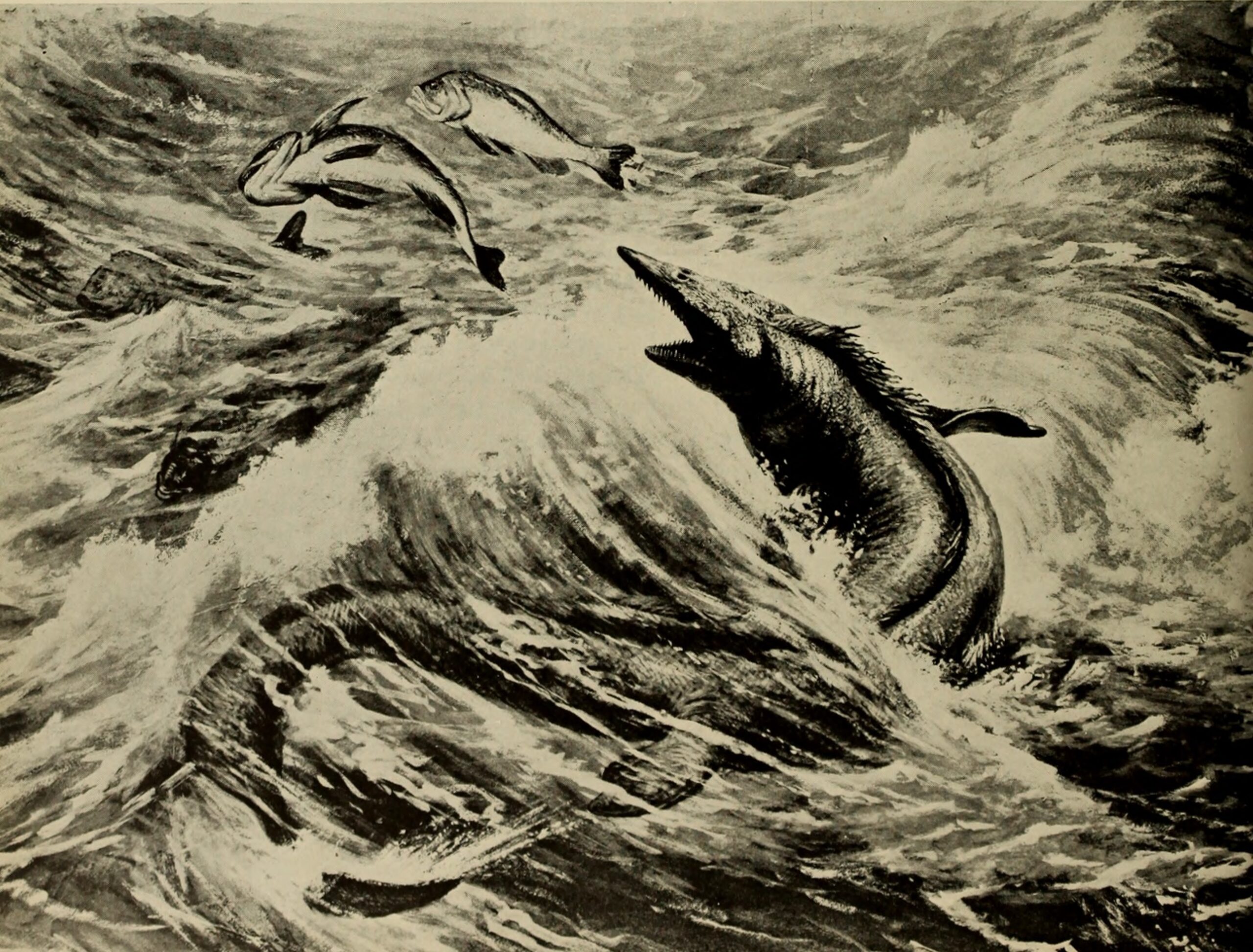
Access to water would have been crucial for dinosaur survival, and these valuable resources likely became focal points for complex social interactions. Rather than engaging in dangerous battles near water sources—where injuries could prove fatal—dinosaurs probably developed sophisticated systems for sharing these vital resources based on established dominance hierarchies.
Different species may have established specific times for accessing water sources, with dominant individuals and groups having priority during peak hours. These arrangements would have been maintained through subtle displays and vocalizations rather than aggressive confrontations, ensuring that all community members could access water safely while respecting established social orders.
The Evolution of Diplomatic Dinosaurs
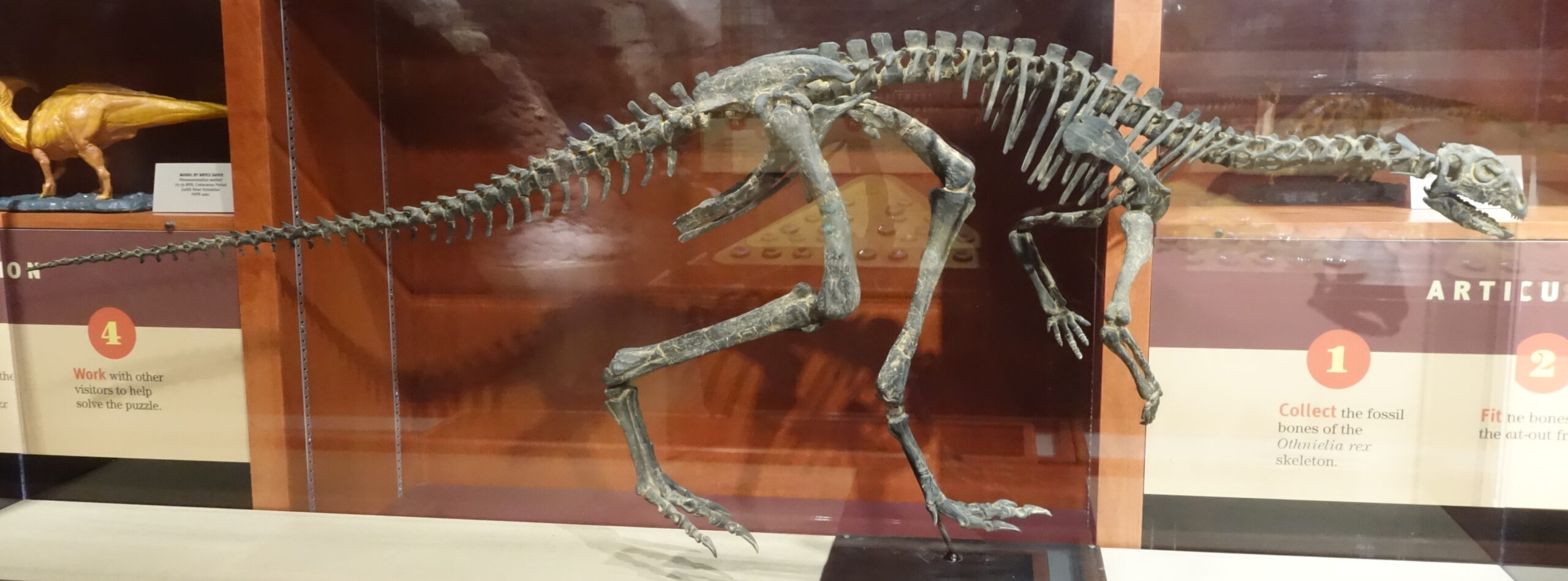
The development of non-violent dominance displays represented a significant evolutionary advantage for dinosaur species. Those individuals and groups that could establish social hierarchies without risking injury had better chances of survival and reproduction. This evolutionary pressure likely drove the development of increasingly sophisticated display behaviors and communication systems.
Over millions of years, dinosaurs evolved an impressive array of visual, auditory, and chemical signals that allowed them to navigate complex social situations without resorting to violence. These abilities may have contributed to the remarkable success and diversity of dinosaur species throughout the Mesozoic Era, as communities that could resolve conflicts peacefully were more likely to thrive and expand.
Modern Parallels and Ancient Wisdom
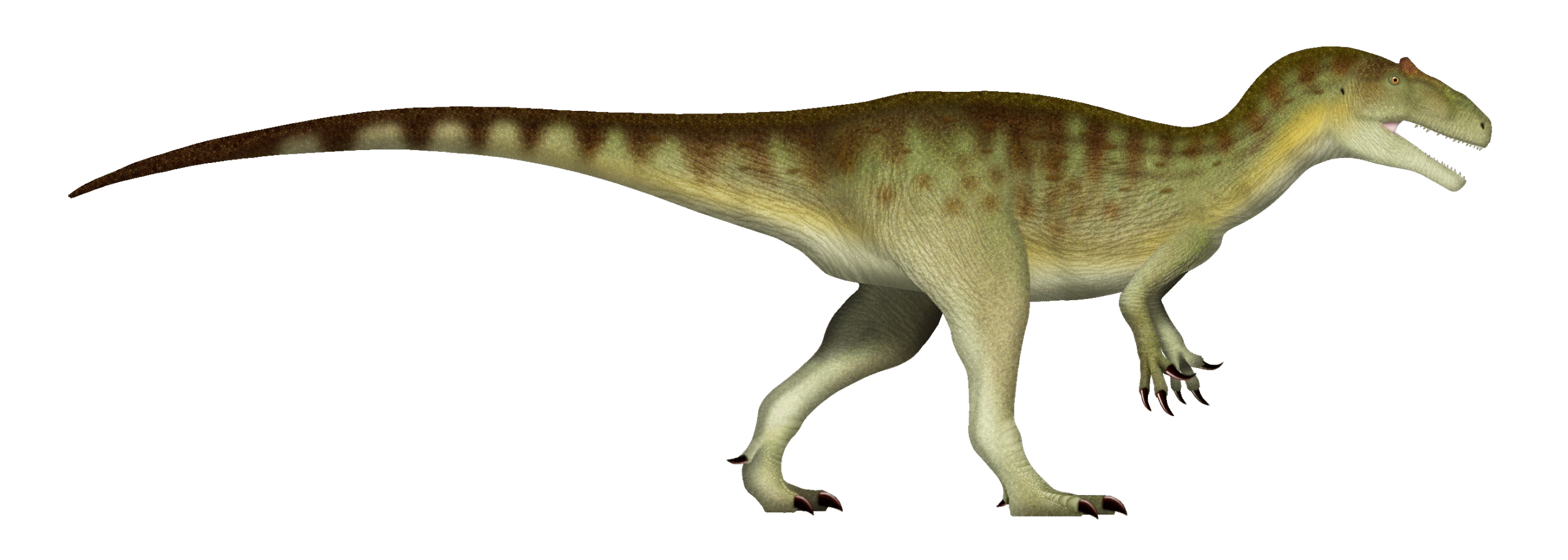
The non-violent dominance strategies employed by dinosaurs find remarkable parallels in modern animal behavior, suggesting that these peaceful approaches to conflict resolution have deep evolutionary roots. From the elaborate courtship displays of birds to the complex social hierarchies of elephant herds, nature continues to demonstrate that intelligence and creativity often triumph over brute force.
Understanding how dinosaurs established dominance without fighting provides valuable insights into the evolution of complex social behaviors and communication systems. These ancient creatures developed sophisticated methods for maintaining order and cooperation within their communities, proving that even in a world of giants, diplomacy often prevailed over destruction.
Perhaps the most remarkable aspect of dinosaur social behavior was their ability to balance individual needs with community welfare through non-violent means. In a world where survival seemed to depend on size and strength, these prehistoric giants discovered that cooperation and communication were often more powerful than claws and teeth. What lessons might we learn from these ancient masters of peaceful coexistence?


